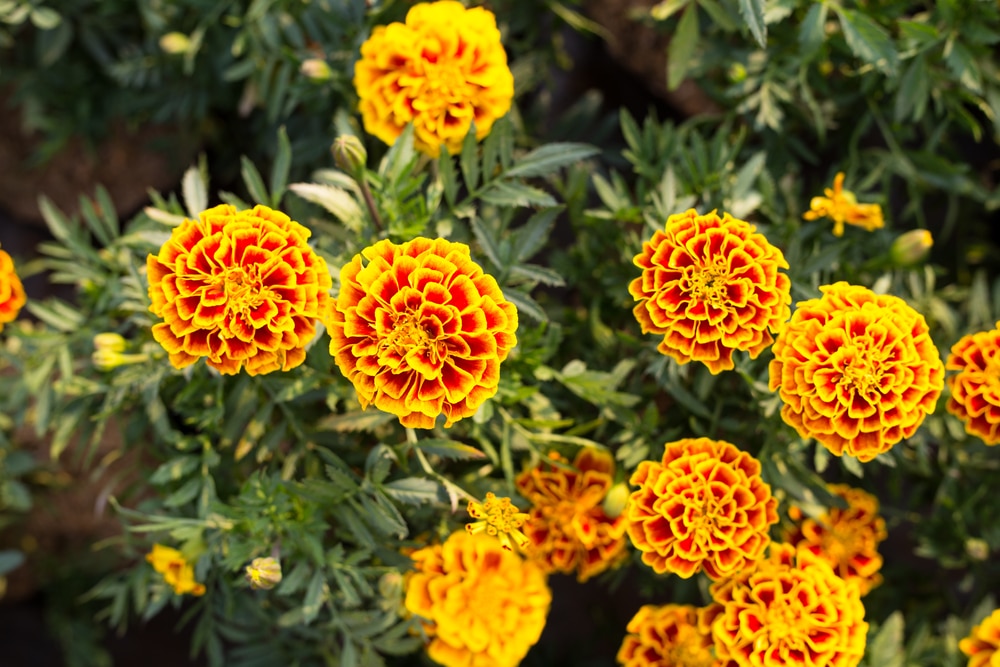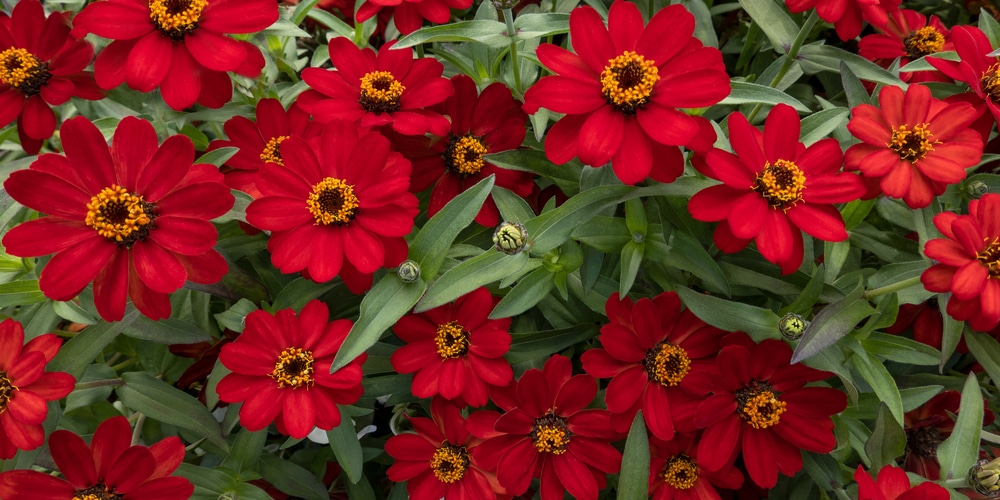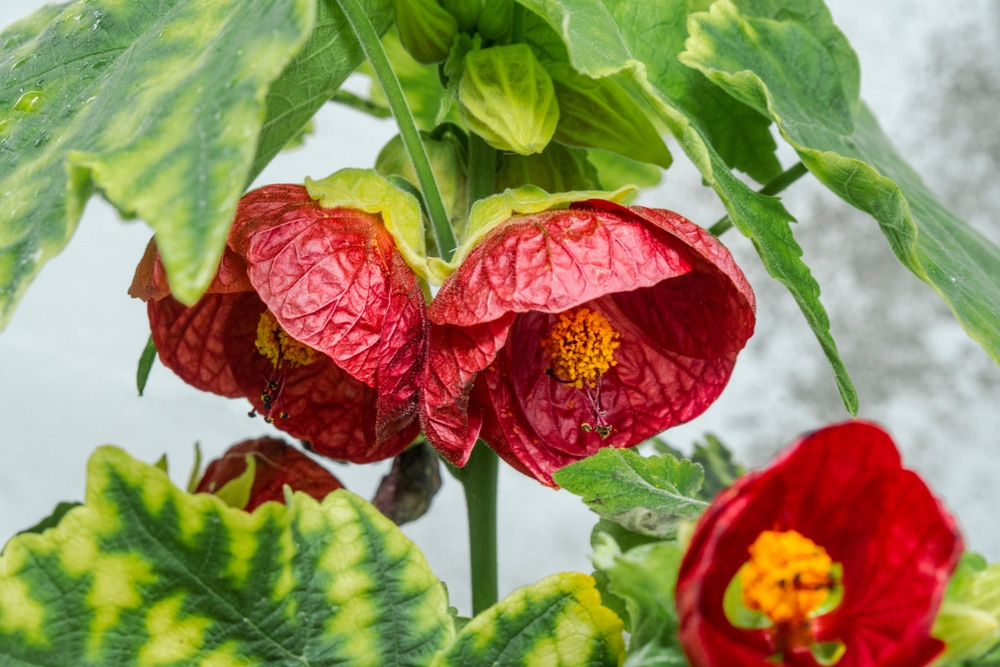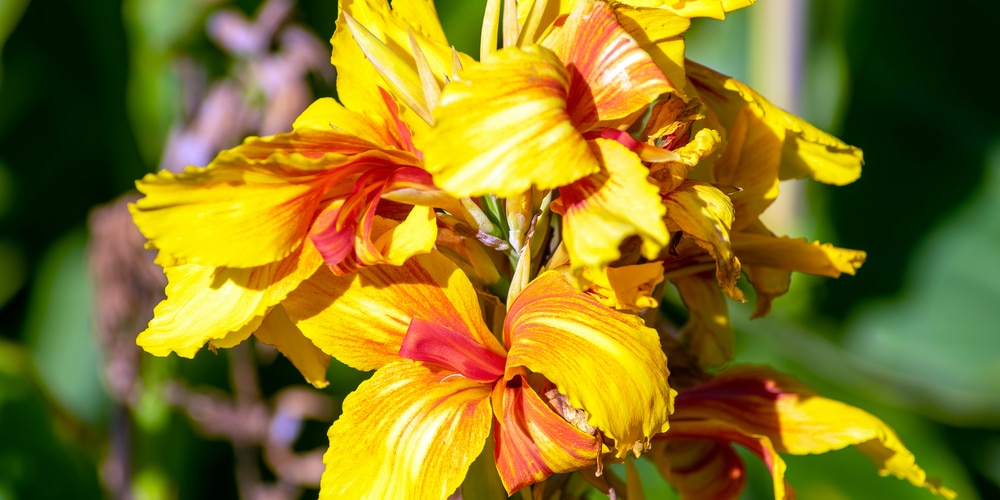Red and yellow are striking colors that may not seem complementary to each other. However, on the right flowers, the pairing is beautiful and brilliant. Red and yellow flowers enhance a garden, creating a dramatic picture.
While many flowers come in only red or just yellow, not too many varieties, include both colors. Gardeners looking for crimson and gold blossoms have a few choices, however, and most grow easily in moderate climates.
These five red and yellow flowers are sure to delight botanists everywhere and turn their gardens into vivid Edens.
Tulipa Clusiana
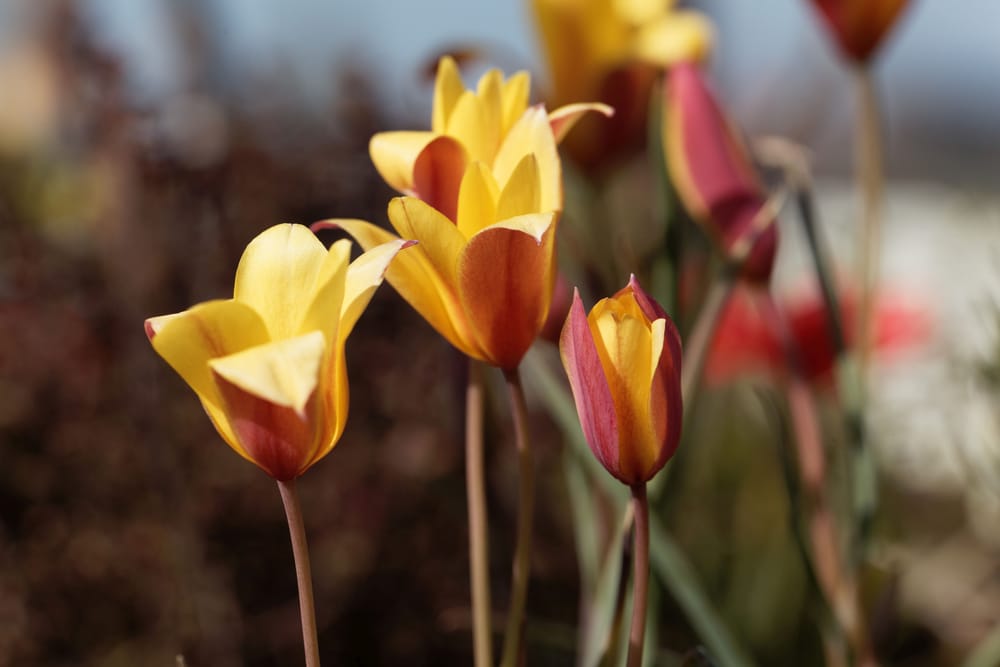
Tulipa Clusiana, or Cynthia, provides an unusually beautiful variation on the classic tulip. The red-yellow petals have sharper angles than the traditional variety.
These perennial plants grow tall, averaging 9 to 12 inches. The Tulipa Clusiana prefers warmer weather. Gardeners should plant the seeds in the fall for a spring blossom. The easily cultivated flowers adore direct sunlight. The blooms close up in the shade and overnight.
Pet owners should plant their Tulipa Clusiana carefully. The flower is entirely toxic to cats and dogs.
The low-maintenance plants require only moderate water. They’re well suited to endure drought conditions.
Carnations
Carnations single-handedly keep the world’s florists in business. The blooms owe their popularity to their full blossoms and lively colors.
Carnations, or Dianthus Caryophyllus, come in a wide variety of shades. The flowers grow relatively simply from cuttings. However, Carnations have hot, Mediterranean blood. The plants require several hours of direct, daily sunlight to thrive. The flowers blossom in the summer, so plant the seeds in the spring or autumn.
Carnations grow easily, making them an excellent option for beginner gardeners.
Yellow and red carnations are primarily a soft shade of yellow. Light red trims the crinkled petals, framing them beautifully.
Zinnia
Zinnias are perfect beginner flowers. The blooms grow for the brownest thumbed gardener with minimum care and attention.
The plants produce large quantities of flowers for long periods. Zinnias bloom until the first heavy frost of winter. The flowers grow annually, so enjoy them while they last.
Zinnia blooms are the platonic ideal of flowers. The petals spread out like a daisy’s in bright, beautiful colors. The plants need at least 60 degrees Fahrenheit daytime temperatures to flourish.
The Profusion Red Yellow Bicolor Zinnia features astonishing shades of crimson and gold. The flower’s inside ring is blood-red, surrounded by a shining yellow hue.
Abutilon Striatum
Abutilon Striatum adds drama to any garden. The hanging flowers resemble golden lanterns veined with bold shades of red. The blossoms measure around two inches, but the stalks grow very tall.
Abutilon Striatum stems reach up to 15 feet but should be kept in the 6 to 10-foot range. The plants grow best over a porch or a trellis, a source of support for their slender vines.
The flowers grow quickly and with little care. They thrive in warm conditions, living their best lives in partial to full sunlight.
The blossoms are entirely edible, and curious diners can feast on the flowers raw or cooked. However, no one savors the flavor of the Abutilon Striatum more than hummingbirds. The plant will regularly draw avian friends to a gardener’s lawn.
Canna Lily
Canna lilies add a striking touch of tropical flair to any garden. Members of the Cannaceae family, Cannas love warm weather and lots of sunlight. The flowers burst in brilliant colors; their expansive petals spread wide.
Canna lilies flourish in warm climates. The perennial flowers need a minimum of four hours of direct sunlight daily. However, botanists living in cooler temperatures needn’t deprive themselves of the lilies’ beauty. Gardeners wanting their plants to survive the winter should uproot their cannas, pot them and bring them inside until more favorable temperatures.
Canna lilies come in bright, vivid hues. Several varieties grow red and yellow. These flowers include:
- Cleopatra
- Lucifer
- Yellow King Humbert
Cannas are healthy, durable plants. The flowers thrive provided they are kept warm and given moderate water.
Conclusion
Red and yellow flowers add brightness to a garden. While the color combination isn’t common, blossoms possessing it are among the most stunning.
Fortunately, most red and yellow blooming plants grow easily, with a bit of care and know-how. Beginner gardeners and experienced botanists alike can grow the five above types of red and yellow flowers.
